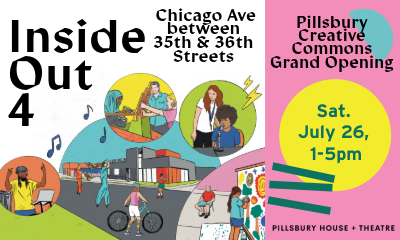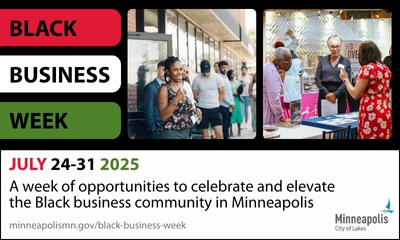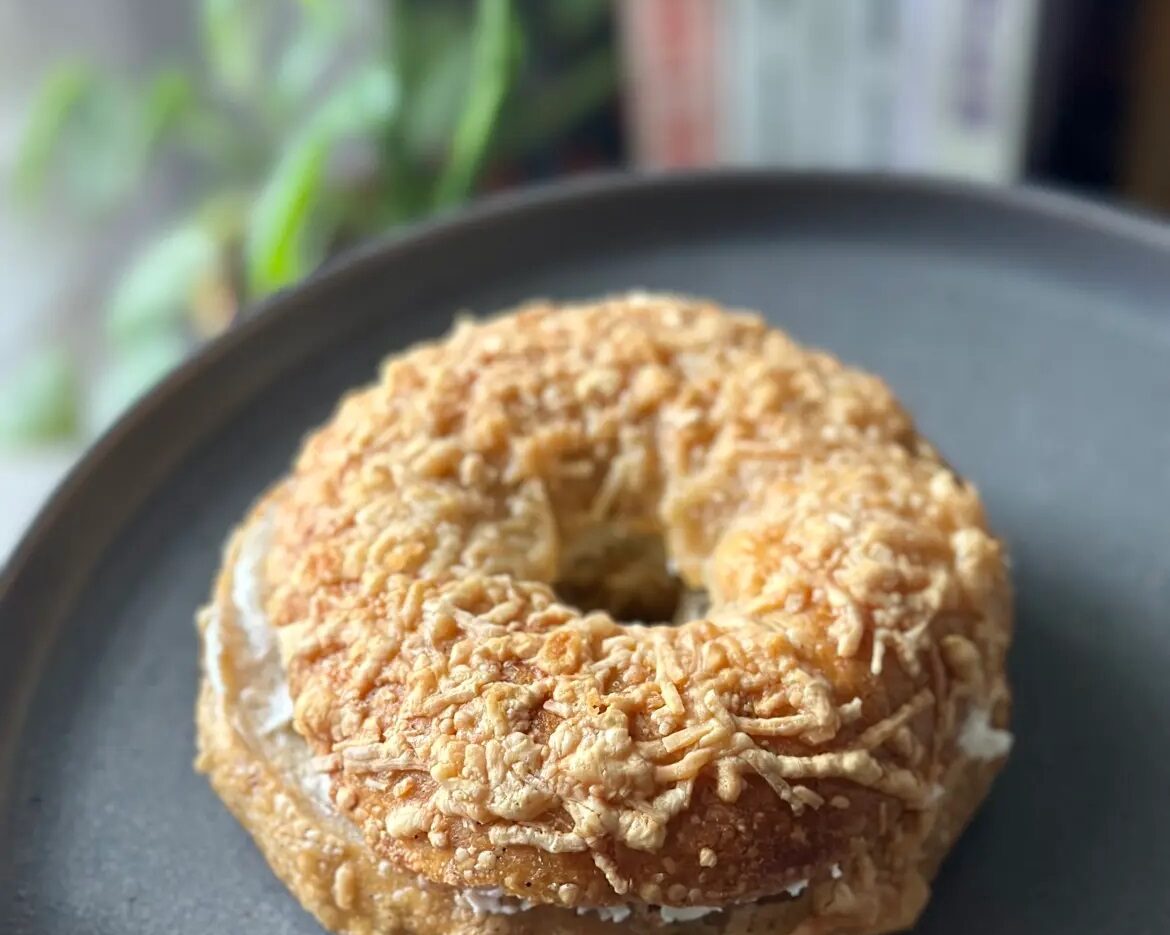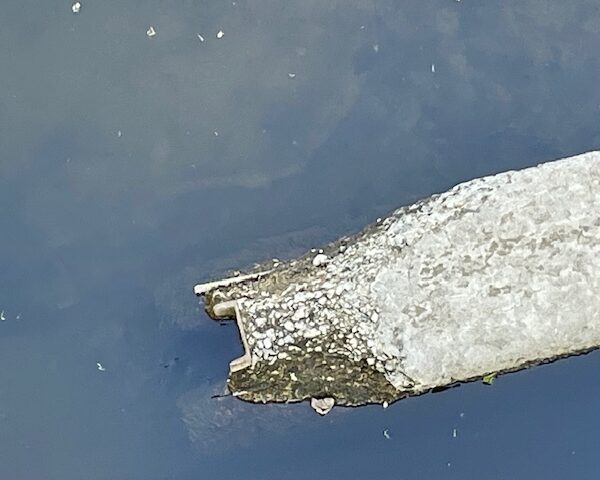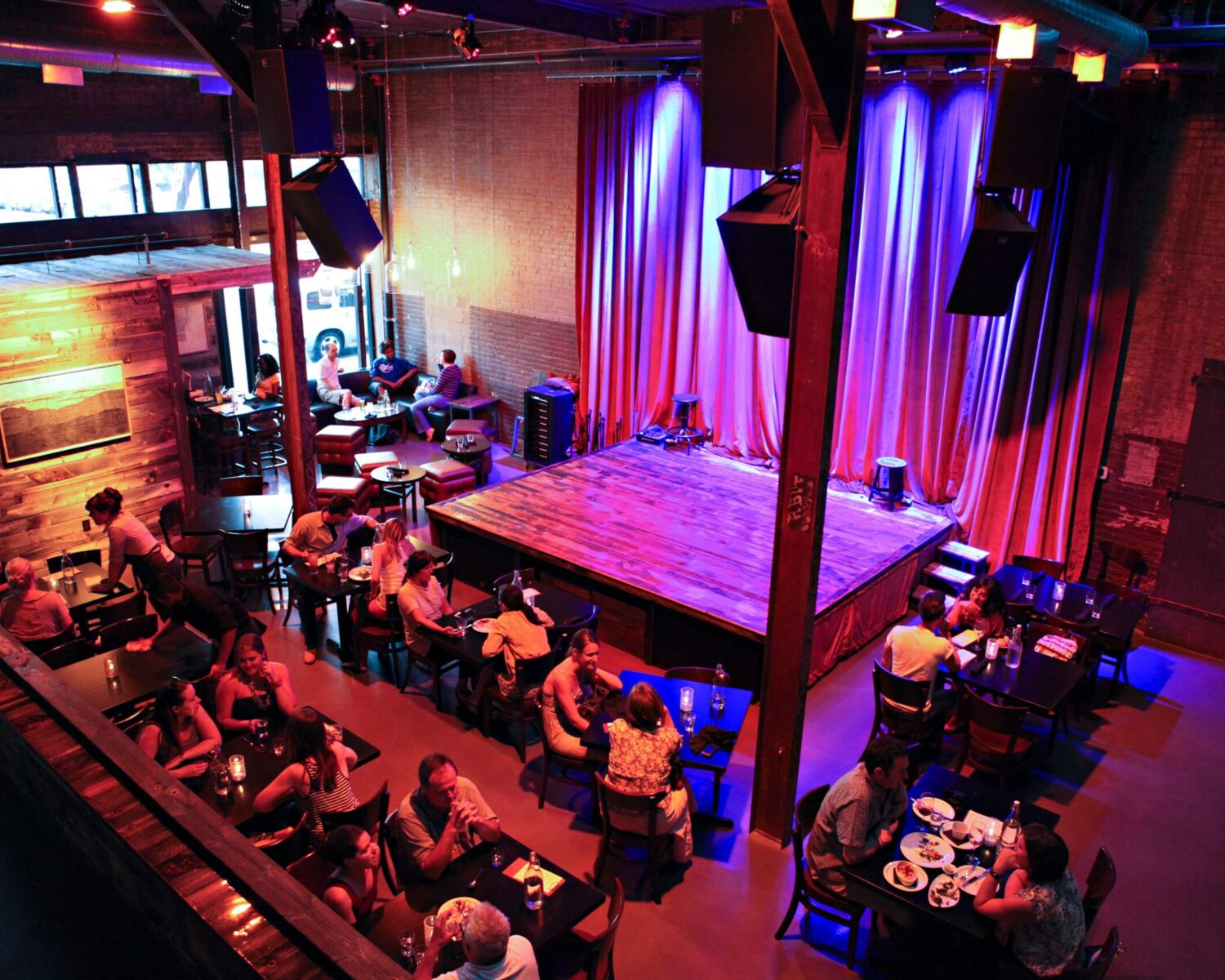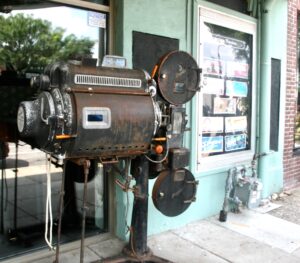
The original projector sits in front of the Parkway Theater
BY STEPHANIE FOX
The City of Minneapolis was officially incorporated in 1856 with the Mississippi River as the center of what was to become an industrial powerhouse. By 1874, the city’s flourmills were feeding the nation and thousands of people began moving to the city for employment.
By that year, 171 miles of city streets were paved, parks were created, and churches and schools opened their doors, welcoming newcomers to the city.
The city had begun to expand, and to the south of the Mill District and downtown, many new residential and business neighborhoods were created. In the 1920s, families began to buy automobiles, giving members of a growing middle class easy access to parts of the city beyond walkability.
Neighborhoods like Lyndale, Field and Northrop, with parks, lakes and boulevard trees, attracted eager buyers. The area of the city was the first home for many Swedes and Norwegian immigrants.
Many larger, expensive homes were built and sold in some areas like Shenandoah Terrace, located in the Northrup neighborhood, bordered to the north by Minnehaha Creek. Nearby, more modest homes were also constructed, giving South Minneapolis a blend of families.
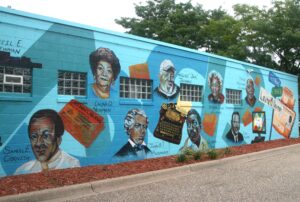
The mural on the side of Spokesman Recorder celebrates its history.
At the end of the 1920s, at the peak of the decade’s economic boom, there were more than 330,000 people employed at automobile dealerships across the country, including at the St. Paul Ford plant across the river from Minneapolis. These good jobs gave the autoworkers the economic ability to buy new homes, and they began to find those homes in the newly built neighborhoods. Even the Great Depression did not deter homebuyers. Post World War II job growth continued and there was not one year when average home prices dropped in the Twin Cities until the Great Recession of 2008.
Part of this growth included a middle-class Black community with its center at 38th St. and 4th Ave. Many of these new Minneapolitans arrived with the Great Migration North to Minnesota in the 1930s, a time when thousands of Black families left the southern United States, fleeing violence and oppression. This was the city’s third Black neighborhood, and it thrived until the 1970s and even until today.
Vital to the community was the award winning newspaper, the Spokesman Recorder, now celebrating its 90th year in journalism. The paper, founded by Cecil Newman and now run by his granddaughter Tracey Williams-Dillard, moved to its current location on 4th Ave. in 1956, and continues to report local community and Black community news. The newspaper’s building was declared a historic landmark in 2015 for its association with the civil rights movement in Minnesota.
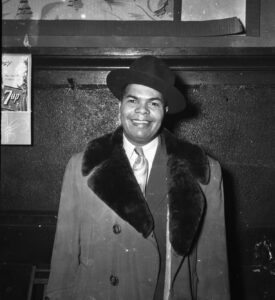
Anthony Brutus Cassius, owner of Dreamland Cafe
There were many other businesses opened by Black entrepreneurs. One of the first was the Dreamland Café, which opened its doors in 1939. Dreamland’s owner, Anthony Brutus Cassius, also opened a private club called Nacirema (American spelled backwards) and for decades featured local musicians, including Prince, before he found greater fame.
Other nearby businesses included a bakery making wedding cakes, Bea’s Beauty Shop, a real estate agency and the Associated Negro Credit union that opened in 1937, focused on serving the local Black community and helping people buy homes and open more businesses.
But, elsewhere in the city, Black people and other groups, including American Indians and Jews, found it difficult to buy a home. Covenants were included in deeds, restricting to whom – Caucasians only – homeowners could sell or rent houses. These became popular in many areas of Minneapolis. Many of the wealthier neighborhoods such as Kenwood did not adopt these because the “undesirables” as they were seen by many, couldn’t afford these pricey homes. But, between 1910 and 1955, more than 8,000 addresses in other Minneapolis neighborhoods, including Lyndale, Field and Northrup, added these restrictions.
These covenants were outlawed in 1968, but the effect of these is still felt today. In 2019, Black homeownership rate of 25 percent was the lowest of any metro area in the country. The city of Minneapolis, through the Just Deeds Project will help homeowners with deed covenants to officially remove them.
The move to restrict non-white home ownership was in part encouraged by racist and anti-immigrant groups like the Ku Klux Klan. In the years leading up the America’s entering World War II, extremist movements flourished, particularly in Minnesota. One of these was the German American Bund, a leading organization for German and Nazi sympathizers in the United States.
Their leadership included prominent Minnesotans Charles Lindbergh and Philip Johnson, the architect of the IDS building. (The group officially disbanded after Pearl Harbor and Johnson officially apologized for his involvement and to atone, designed a New York synagogue for free.)
A stone’s throw from the historic Black neighborhood’s business district, on the corner of 42nd St. and 3rd Ave. is the entrance to Temple Israel Memorial Park Cemetery (4153 3rd Ave. S.). The oldest Jewish cemetery in Minneapolis opened in 1876 to serve the growing Jewish community that began to arrive in the 1860s. The entrance gate design is a Richardson Romanesque style that reflected popular designs of the time.
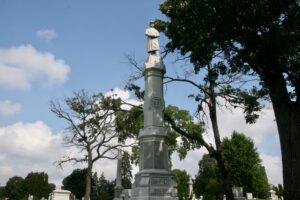
St. Mary’s Catholic Cemetery honors Minneapolis Voluntary Firefighters
Nearby on Chicago Ave. is St. Mary’s Catholic Cemetery (4403 Chicago Ave.), one of the city’s oldest cemeteries. When first opened in 1873 St. Mary’s was not within the Minneapolis city limits. Today, there are more than 65,000 people buried within the 65 acres, many interred before the 20th century. One section is reserved for children. At the center of the burial ground is an obelisk honoring the city’s volunteer firefighters from more than a hundred years ago. St. Mary’s also has a community Caretaker’s Garden, managed by Baltazar, who has worked there for nearly 25 years, maintains the beauty of the site and who is happy to share his garden’s bounty.
At the crossroads of 48th and Chicago is a charming shopping district with a variety of stores and restaurants. Some have been serving the local community for decades.
The Parkway Theater (4814 Chicago Ave.) opened in 1931, in time to show the Marx Brother’s hit movie, Monkey Business, and the original Frankenstein, starring Boris Karloff as the monster.
Across the street, Ken and Norm’s small but well-stocked liquor store (4801 Chicago Ave.) opened in 1976. Diagonally across the street is the Turtle Bread Company (4672 Chicago Ave.), opened in 1996, serving fresh baked bread and deli food. Neighborhood favorite Sovereign Grounds (813 E. 48th St.), opened in 1995 and serves excellent coffee, bakery items and sandwiches. Winningly, they have a parent/child playroom on the premises.
Bauhaus Framing Studio, Inc (4804 Chicago Ave.) is a gallery space as well as a place to get beloved artwork framed and mounted. Owner Heather Crawford brings her 30 years of experience and taste to create innovative and attractive framing solutions.
Just across the street, Minnehaha Animal Hospital (4809 Chicago Ave.) has served the canine and feline denizens of South Minneapolis for over 25 years, offering boarding and grooming on top of the full-service slate of veterinary care.
14 Hill (4737 Chicago Ave. Ste.2), a gift shop, has been open on Chicago for eight years, but boasts 20 years of buyer experience, which has resulted in a what they describe as “a hodgepodge of cool sh*t” that will delight the most discriminating gift-buyer.
There are new businesses, too. The Southside Barber Lounge (4813 Chicago Ave.) opened in 2020. Come for a shave and a haircut (and more) and meet their friendly pups. (You can bring your own dog but call ahead first.) And if it’s your dog that needs a shave and a haircut, Bubbly Paws (4737 Chicago Ave.) gives the opportunity for self-service dog washing. Or, you can let the dog-grooming experts make your pup a star. Lost City Tattoo’s (4802 Chicago Ave.) English bulldog Junebug crossed the rainbow bridge this year, but she is still the shop’s beloved mascot.
Neighborhoods change and grow. But the Lyndale, Field and Northrop neighborhoods along with others nearby such as the Hale Page Diamond Lake neighborhoods continue to reflect the past and look to the future. Immigrants still arrive, buying homes, starting businesses and becoming Minnesotans.



